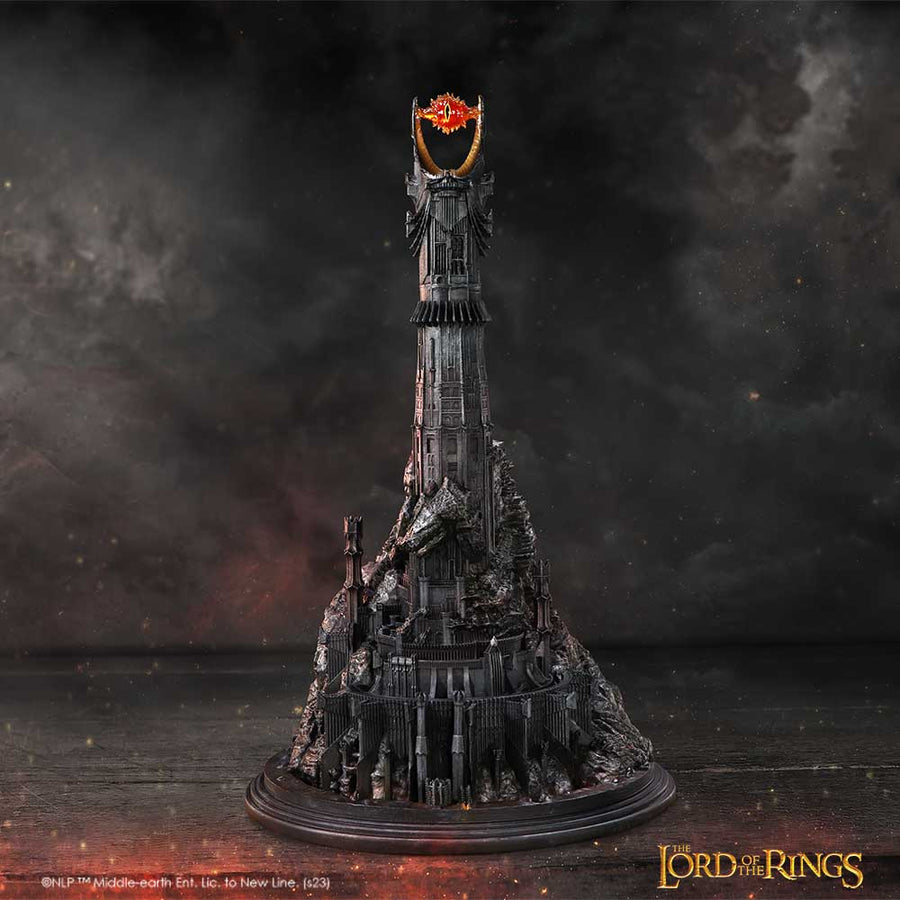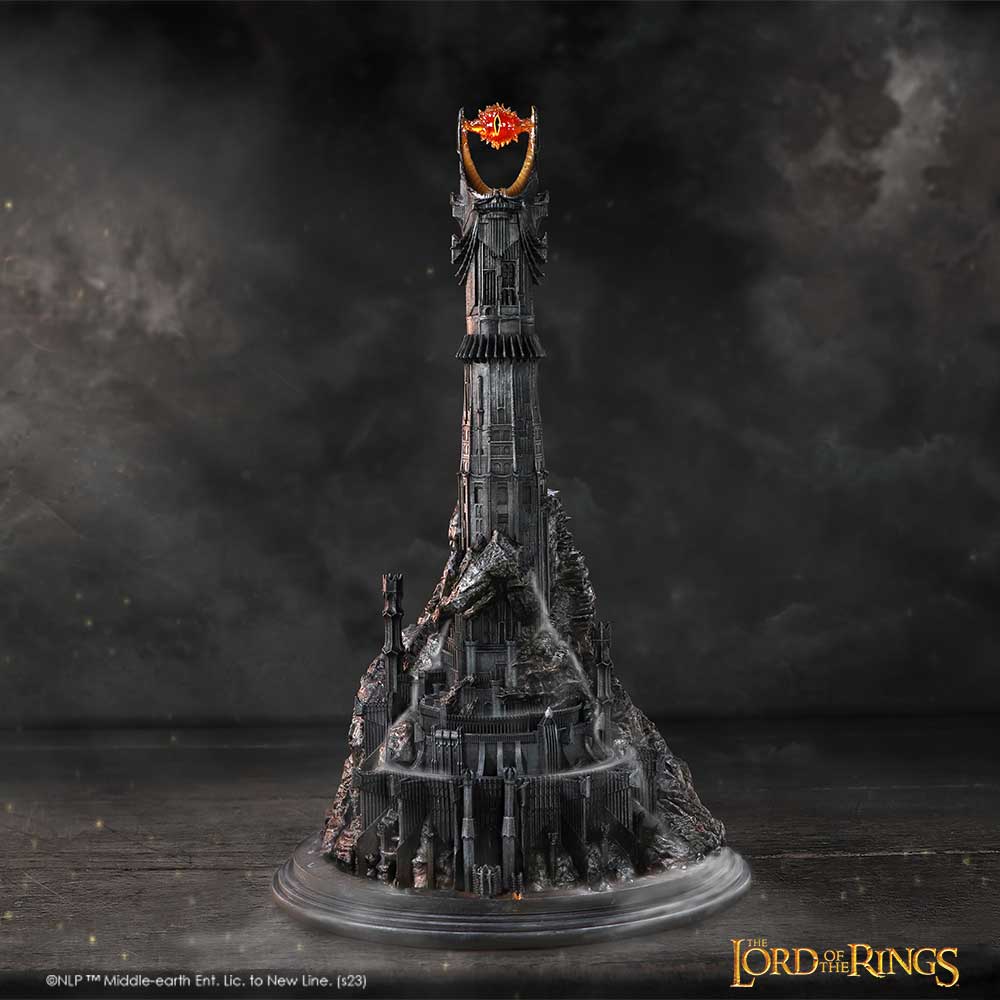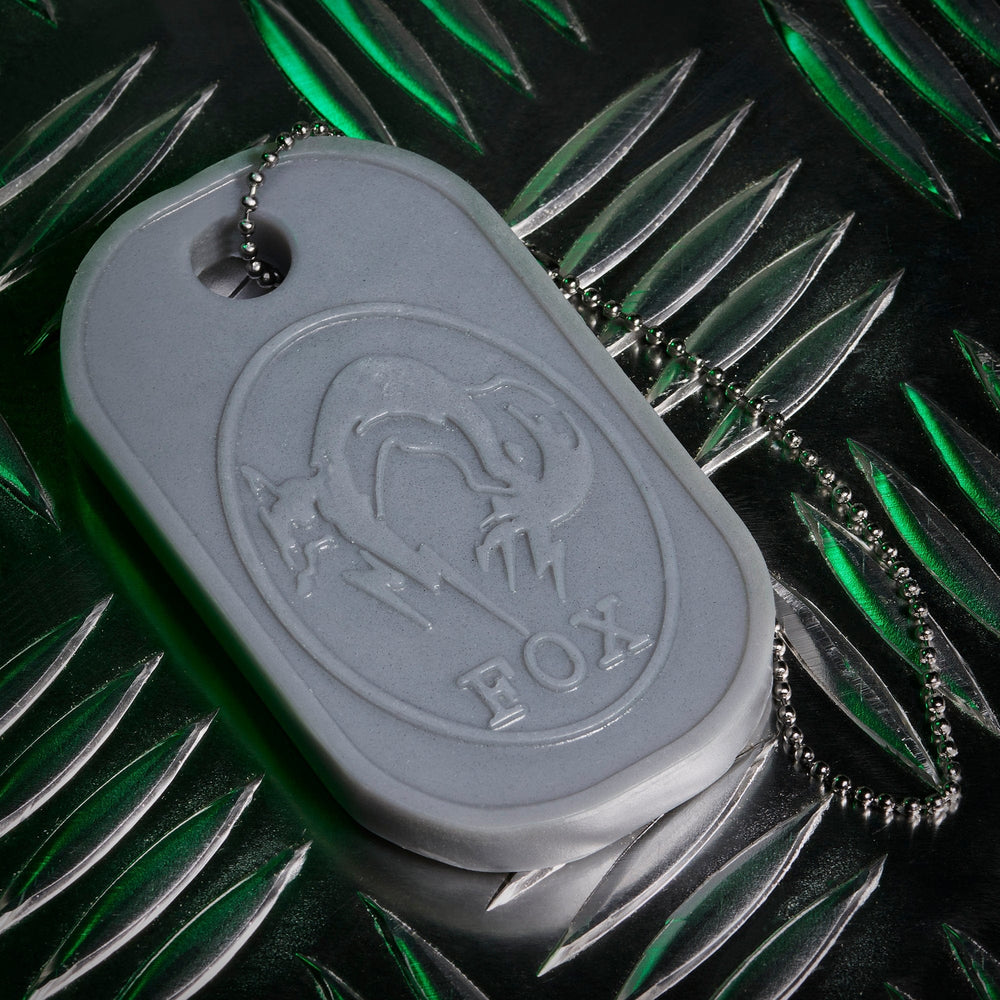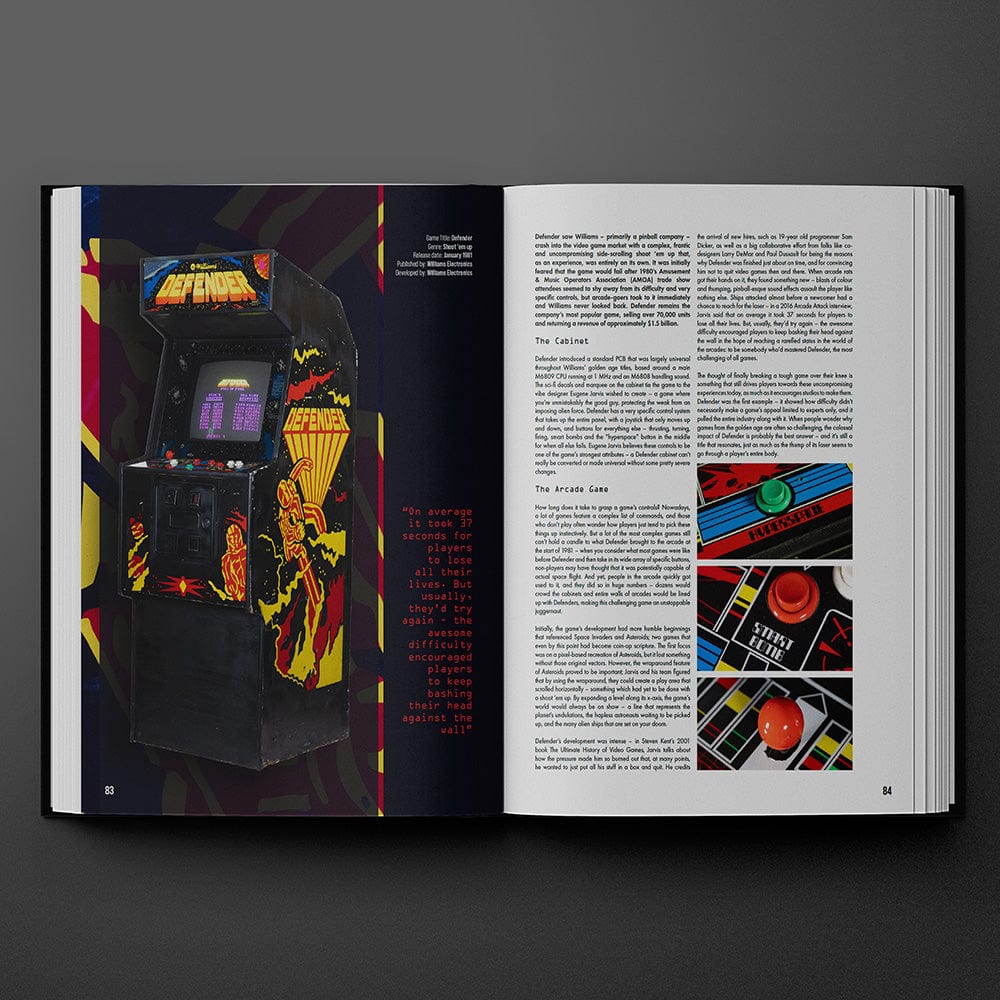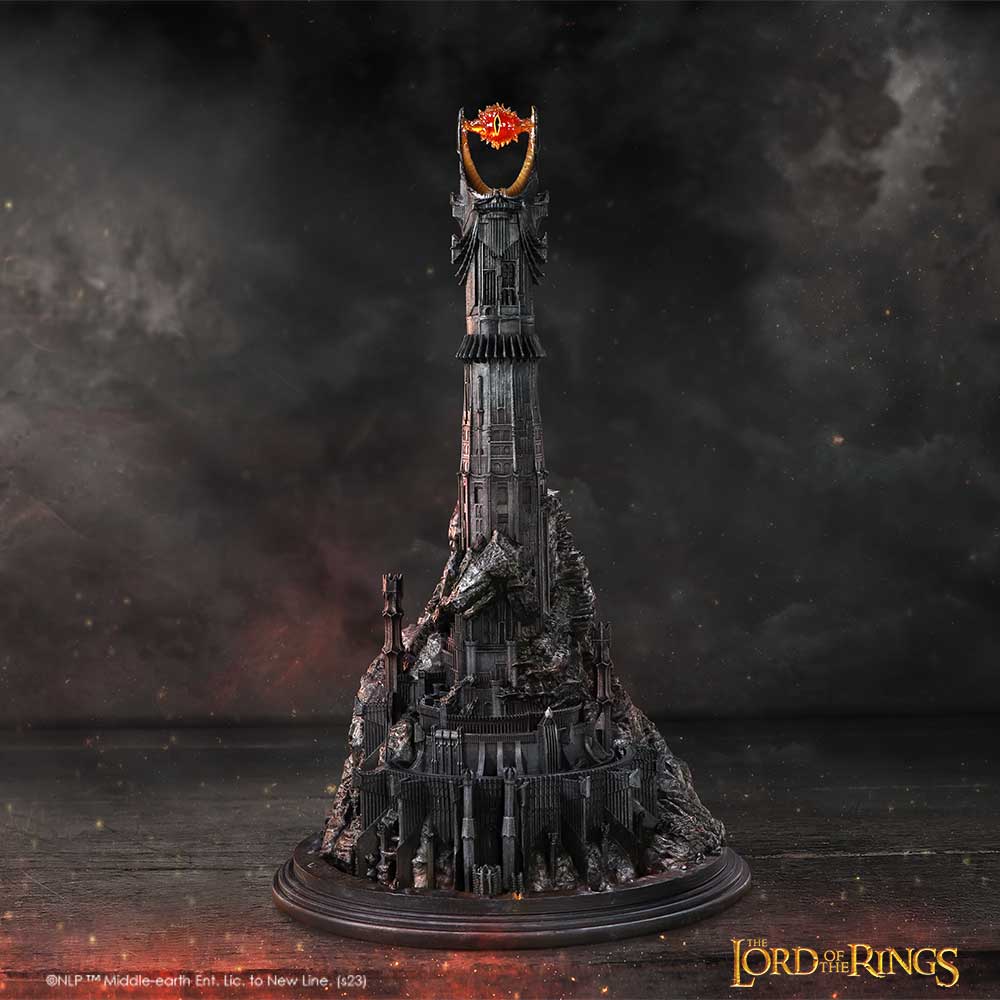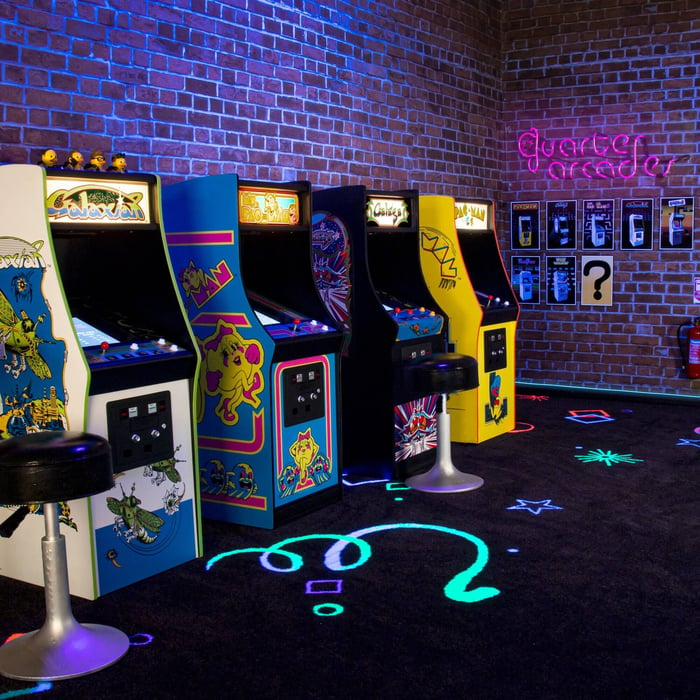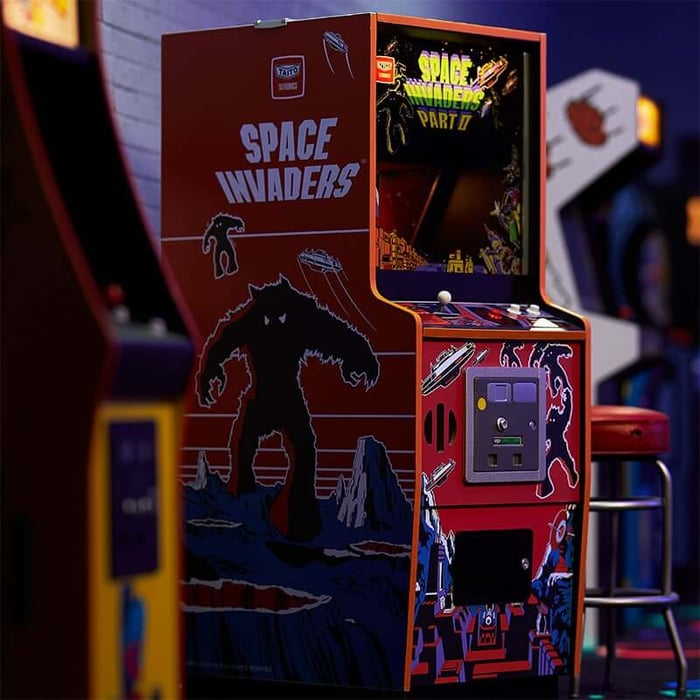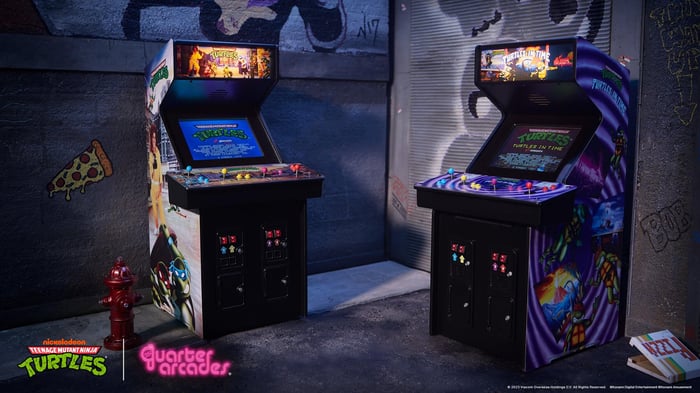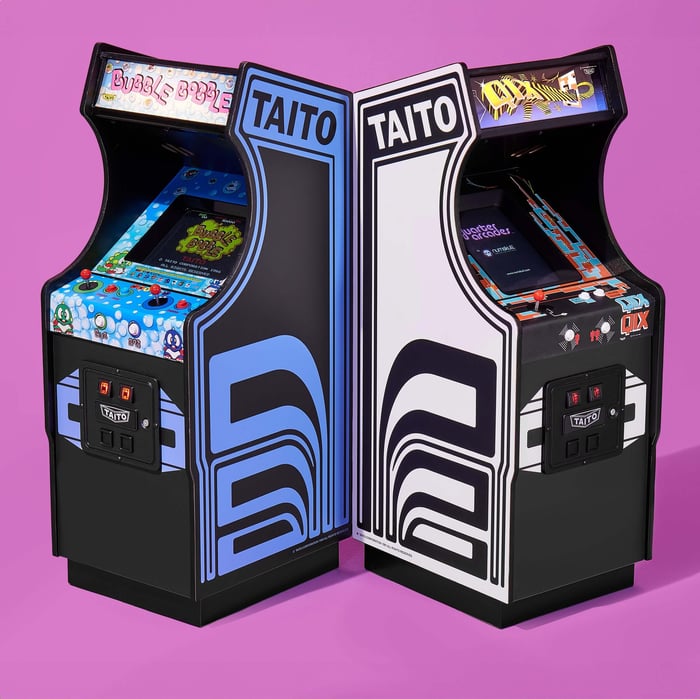Have you ever wondered why a simple 8-bit melody can instantly transport someone back to their childhood, or why the distinctive click of an arcade button can trigger a flood of memories about after-school adventures and weekend trips to dimly lit gaming halls?
The answer lies in the profound psychological connection between our gaming experiences and our deepest emotional memories – a connection that modern mini-arcades have learned to harness with remarkable precision.
Mini-arcades represent far more than scaled-down gaming devices; they function as emotional time machines that tap into the powerful psychology of nostalgia to create meaningful connections between past and present.
These compact marvels serve as bridges across generations, allowing gaming aficionados to relive treasured memories whilst sharing the magic of classic arcade culture with newcomers to the hobby.
Key Takeaways
• Emotional memory triggers activate powerful nostalgic responses – Mini-arcades utilise authentic sounds, tactile controls, and visual elements that directly stimulate the brain's memory centres, creating immediate emotional connections to cherished gaming experiences from the past
• Intergenerational bonding through shared gaming heritage – These machines serve as cultural ambassadors that enable older gamers to pass down arcade traditions to younger generations, fostering family connections and preserving gaming history through interactive storytelling
• Psychological benefits of nostalgic gaming experiences – Research demonstrates that engaging with nostalgic gaming content provides measurable improvements in mood, self-esteem, and social connectedness, making mini-arcades therapeutic tools as well as entertainment devices
The Psychology of Gaming Nostalgia
Understanding Emotional Memory Connections
The relationship between nostalgia and gaming operates on a deeply psychological level that extends far beyond simple entertainment preferences. Research from Psychology Today reveals that nostalgic gaming memories correlate strongly with feeling more connected to people in the present moment, demonstrating how past experiences influence current emotional states and social bonds.
When we examine the specific elements that make mini-arcades so emotionally powerful, we discover they function as multi-sensory memory triggers. The Space Invaders Quarter Arcade doesn't just replicate the visual experience of the 1978 classic – it recreates the complete sensory environment that originally formed those cherished memories.
The psychological mechanism behind this emotional response involves what researchers call "autobiographical memory" – the way our brains encode significant life experiences alongside sensory details. The authentic sound effects, the precise joystick tension, and even the warm glow of LED marquees all serve as powerful memory cues that instantly reconnect players with their formative gaming experiences.
The Neurochemical Basis of Nostalgic Gaming
Modern neuroscience research demonstrates that nostalgic experiences trigger the release of dopamine and other feel-good neurotransmitters in the brain. When gaming aficionados interact with mini-arcades, they're not just playing games – they're activating sophisticated neurochemical pathways that promote wellbeing and emotional regulation.
The Bubble Bobble Quarter Arcade exemplifies this phenomenon perfectly. The game's distinctive audio cues and cooperative gameplay mechanics trigger memories of shared experiences, activating both nostalgic responses and social bonding mechanisms in the brain. This dual activation explains why mini-arcades often become focal points for social gatherings and family interactions.
Studies indicate that nostalgic gaming experiences provide measurable psychological benefits including enhanced social support, increased pride, elevated enjoyment, and improved overall well-being. These effects make mini-arcades valuable not just as entertainment devices but as tools for emotional regulation and social connection.
Cultural Heritage Preservation Through Interactive Media
Arcade Gaming's Golden Age Cultural Impact
The period from the late 1970s through the early 1990s represents what historians call the "Golden Age of Arcade Gaming" – an era that fundamentally transformed popular culture and established the foundation for the modern gaming industry. During this time, arcades served as cultural hotspots where players gathered to compete, socialise, and participate in a shared gaming heritage that transcended age, background, and social boundaries.
Mini-arcades serve as interactive museums that preserve this cultural heritage in accessible, engaging formats. The Dig Dug Quarter Arcade doesn't just offer entertainment – it preserves the complete cultural context of 1982 arcade gaming, from the authentic cabinet artwork to the original ROM code that powered the Namco arcade boards.
This preservation function extends beyond mere nostalgia into genuine historical documentation. Each Quarter Arcade machine represents a faithful recreation of specific moments in gaming history, maintaining the authentic experience that made these games culturally significant. The attention to detail ensures that future generations can experience arcade gaming as it was originally intended, rather than through modern interpretations or simplified adaptations.
Bridging Generational Gaming Gaps
One of the most remarkable aspects of mini-arcades lies in their ability to facilitate intergenerational bonding through shared gaming experiences. Parents and grandparents who experienced the original arcade boom can introduce younger family members to the games that shaped their youth, creating shared experiences that strengthen family bonds across age groups.
The TMNT Quarter Arcade perfectly illustrates this bridging function. While older players remember the original's cooperative beat-'em-up action from 1989 arcades, younger players discover a brilliantly designed game that remains engaging today. This shared discovery creates opportunities for storytelling, connection, and the transmission of gaming heritage across generations.
Research demonstrates that nostalgic gaming experiences enhance feelings of social connectedness and family bonds. When recipients share their mini-arcade gifts with others, they're creating new memories whilst honouring the legacy of classic arcade culture. This dual function – preserving the past whilst creating new experiences – makes mini-arcades uniquely valuable as cultural artefacts.
| Generational Impact | Gaming Veterans (40+) | Middle Generation (25-40) | New Discoverers (Under 25) |
|---|---|---|---|
| Primary Connection | Direct Arcade Memories | Home Console Nostalgia | Retro Discovery |
| Emotional Response | Deep Personal Nostalgia | Childhood Recognition | Cultural Curiosity |
| Sharing Motivation | Heritage Preservation | Bridging Experience | Learning Gaming History |
| Value Perception | Authentic Recreation | Quality Collectible | Unique Gaming Experience |
The Collectible Dimension of Nostalgic Gaming
Mini-Arcades as Emotional Artefacts
The psychology of collecting reveals that people develop emotional attachments to objects that represent significant memories, personal identity, and cultural connections. Mini-arcades function as particularly powerful collectible items because they combine multiple emotional triggers – visual aesthetics, tactile interaction, auditory memories, and cultural significance – into single, cohesive experiences.
The QIX Quarter Arcade exemplifies how mini-arcades transcend simple gaming devices to become emotional artefacts. The machine's authentic wooden construction, illuminated marquee, and precise reproduction of the original 1981 cabinet design create a tangible connection to gaming history that purely digital experiences cannot match.
Collectors appreciate these machines not just for their entertainment value but for their role as physical manifestations of cherished memories. Each Quarter Arcade serves as a conversation piece that invites storytelling, shared experiences, and the formation of new memories around classic gaming heritage. This social dimension transforms individual collectables into community-building tools that strengthen relationships and preserve cultural knowledge.
Investment in Personal Heritage
For many gaming aficionados, collecting mini-arcades represents an investment in personal heritage – a way to maintain tangible connections to formative life experiences and cultural moments that shaped their identities. Unlike purely digital collections that can disappear with changing technology, physical arcade reproductions provide permanent, reliable access to beloved gaming experiences.
The limited production runs and official licensing of Quarter Arcade machines add another layer of collectible value that appeals to serious collectors. Each machine represents not just a gaming experience but a piece of officially sanctioned gaming history that will remain accessible regardless of technological changes or corporate decisions that might affect digital game availability.
This investment aspect extends beyond financial considerations to encompass emotional and cultural value. Collectors understand that their mini-arcade collections serve as repositories of gaming heritage that can be shared with family members, passed down to future generations, and enjoyed for decades to come.
Social and Community Functions
Mini-Arcades as Social Catalysts
Beyond their individual entertainment value, mini-arcades serve crucial social functions that distinguish them from isolated gaming experiences. These machines naturally attract attention and invite interaction, transforming spaces into social gaming environments that encourage connection, competition, and shared enjoyment.
The Elevator Action Quarter Arcade demonstrates this social catalyst function perfectly. The game's spy-themed action and accessible controls make it appealing to both experienced gamers and newcomers, creating opportunities for teaching, learning, and collaborative problem-solving that strengthen social bonds.
Research on arcade gaming culture reveals that these machines historically functioned as social hubs where communities formed around shared interests and friendly competition. Mini-arcades recreate this social dynamic in intimate settings, fostering connections between family members, friends, and colleagues who might not otherwise share gaming experiences.
Conversation Starters and Memory Sharing
Mini-arcades excel as conversation starters that naturally lead to memory sharing, storytelling, and the formation of new social connections. When visitors encounter a Quarter Arcade machine, they typically respond with recognition, curiosity, or enthusiasm that opens doors to meaningful conversations about gaming experiences, childhood memories, and shared cultural references.
The visual appeal and nostalgic recognition value of these machines make them particularly effective at breaking down social barriers and encouraging interaction. A Bubble Bobble Quarter Arcade sitting in an office break room or living space inevitably attracts attention and invites questions that lead to deeper conversations about gaming history, personal experiences, and shared interests.
This conversation-starting function extends to online communities as well. Mini-arcade owners frequently photograph their machines and share them on social media platforms, creating content that celebrates both the gift and the cultural heritage it represents. This organic sharing helps preserve and promote arcade culture whilst showcasing the thoughtfulness of the original gift.
Therapeutic and Wellness Benefits
Stress Relief Through Nostalgic Gaming
Recent research in psychology demonstrates that engaging with nostalgic content provides measurable stress relief and emotional regulation benefits. When applied to gaming, these effects become particularly pronounced due to the interactive nature of arcade experiences and the positive memories they evoke.
The simple, accessible gameplay of classic arcade titles offers what researchers term "flow state" experiences – moments of focused engagement that provide temporary escape from daily stressors whilst promoting relaxation and mental clarity. The Zoo Keeper Quarter Arcade exemplifies this therapeutic potential with its straightforward mechanics and engaging progression that provides satisfying challenges without overwhelming complexity.
Studies indicate that nostalgic gaming experiences help reduce anxiety, improve mood, and increase feelings of self-efficacy and personal control. These benefits make mini-arcades valuable tools for stress management and emotional wellness, particularly for individuals who experienced these games during happier periods of their lives.
Cognitive Benefits of Retro Gaming
Classic arcade games often require quick decision-making, pattern recognition, and hand-eye coordination that provide cognitive exercise in enjoyable, non-threatening formats. Unlike modern games that may overwhelm players with complex mechanics and narrative requirements, retro arcade titles offer focused cognitive challenges that feel rewarding rather than stressful.
The repetitive nature of arcade gaming – with its emphasis on improvement, pattern mastery, and incremental progress – aligns well with therapeutic gaming principles that promote cognitive health and mental acuity. Regular engagement with these games can help maintain cognitive flexibility, reaction times, and problem-solving skills whilst providing enjoyable mental stimulation.
For older adults, particularly, mini-arcades offer cognitive exercise opportunities that feel like entertainment rather than therapeutic interventions. This disguised therapy approach makes regular cognitive engagement more likely and sustainable over time.
The Future of Nostalgic Gaming Culture
Technological Preservation of Gaming Heritage
As original arcade machines become increasingly rare and expensive to maintain, mini-arcades play a crucial role in preserving gaming heritage for future generations. The technological approach used by Quarter Arcade machines – combining original ROMs with modern display and control technology – ensures that classic games remain accessible in their intended formats whilst adapting to contemporary technological standards.
This preservation function extends beyond mere entertainment to encompass cultural education and historical documentation. Each authentically reproduced mini-arcade serves as an interactive museum piece that teaches new generations about the evolution of gaming technology, design philosophy, and the cultural impact of classic arcade experiences.
The success of premium mini-arcade collections demonstrates growing recognition of video games as legitimate cultural artefacts worthy of preservation and celebration. This trend supports continued investment in high-quality reproduction technology and authentic gaming heritage preservation.
Expanding Cultural Impact
The influence of mini-arcades extends beyond individual collectors to impact broader gaming culture and preservation efforts. As these machines introduce new generations to classic gaming experiences, they help ensure that arcade gaming heritage remains relevant and appreciated by contemporary audiences.
Future developments promise even greater authenticity through improved display technology, enhanced audio reproduction, and more sophisticated emulation systems that preserve increasingly subtle aspects of original arcade experiences. These technological advances will further strengthen the connection between past and present gaming culture.
The growing recognition of gaming as cultural heritage also supports the expansion of mini-arcade collections to include more diverse titles from different eras and regions, ensuring that the complete spectrum of arcade gaming history receives appropriate preservation and celebration.
Conclusion
Mini-arcades serve as remarkable vessels for nostalgic homage that operate on multiple levels simultaneously – as entertainment devices, cultural artefacts, social catalysts, and emotional connectors that bridge past and present gaming experiences. Through their careful recreation of authentic arcade experiences, these machines tap into powerful psychological mechanisms that promote well-being, strengthen social bonds, and preserve gaming heritage for future generations.
The success of Just Geek's Quarter Arcade collection demonstrates the profound value that gaming aficionados place on authentic connections to their gaming heritage. These machines prove that nostalgia, when properly channelled through high-quality reproduction and authentic attention to detail, creates experiences that enrich lives and strengthen communities around shared cultural appreciation.
For gaming aficionados seeking meaningful connections to their hobby's heritage, mini-arcades offer unparalleled opportunities to relive, share, and preserve the magic of classic arcade gaming in formats that fit seamlessly into modern lifestyles whilst honouring the cultural significance of gaming's golden age.
Ready to experience the nostalgic magic for yourself? Explore the complete Quarter Arcade collection at Just Geek and discover how these remarkable machines transform memories into interactive experiences that celebrate gaming heritage.
Frequently Asked Questions
How do mini-arcades trigger nostalgic responses differently than other retro gaming options?
Mini-arcades create multi-sensory nostalgic experiences through authentic tactile controls, original sound reproduction, and visual aesthetics that closely match original arcade machines. Unlike software emulation or handheld devices, they recreate the complete physical and environmental context that originally formed those cherished gaming memories, making the nostalgic response more powerful and immediate.
Can mini-arcades help people who didn't experience the original arcade era understand gaming history?
Absolutely! Mini-arcades serve as interactive museums that allow newcomers to experience classic games in their intended formats rather than just reading about them. The authentic recreation of original gameplay, controls, and presentation helps new players understand why these games were culturally significant, creating appreciation for gaming heritage across generational boundaries.
What psychological benefits do nostalgic gaming experiences provide?
Research shows that nostalgic gaming experiences offer measurable psychological benefits, including stress reduction, improved mood, enhanced self-esteem, and stronger social connections. The combination of positive memory activation, engaging gameplay, and often social interaction creates a powerful therapeutic effect that promotes overall well-being and emotional regulation.
How do mini-arcades facilitate intergenerational bonding within families?
Mini-arcades create shared experiences where older family members can introduce younger generations to games from their youth, whilst creating new memories together. The accessible gameplay and cooperative elements of many classic arcade titles naturally encourage teaching, collaboration, and storytelling that strengthen family bonds across age groups.
Are mini-arcades primarily collectibles or functional gaming devices?
Premium mini-arcades like the Quarter Arcade collection function as both collectibles and fully playable gaming devices. They're built with authentic components and original game ROMs that provide genuine arcade experiences whilst also serving as display pieces that showcase gaming heritage. This dual function makes them valuable both for regular play and long-term collecting.


